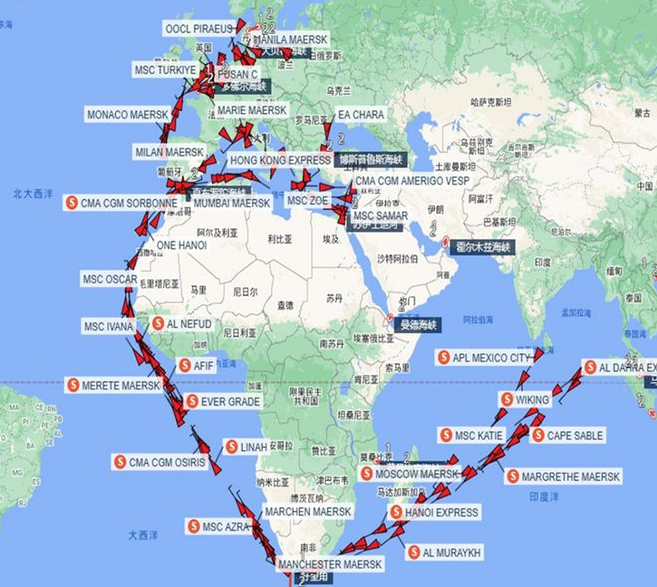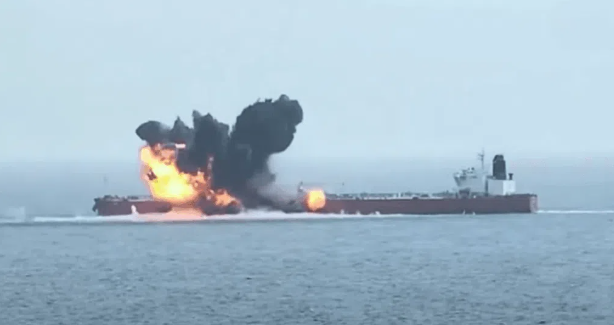The daily number of ships sailing through the Red Sea has increased by about 60% since August 2024, reaching between 36 and 37 vessels a day, according to Rear Admiral Vasileios Gryparis, who commands the European Union’s Aspides naval mission.
Despite this improvement, the current traffic remains far below the 72 to 75 ships per day seen before Yemen’s Houthi rebels began their attacks in November 2023.
This rise in ship traffic follows a slowdown in missile and drone attacks by the Houthis, along with a ceasefire agreement between the United States and the Iran-backed Yemen-based group.
Gryparis told Reuters that the number of merchant ships passing through the narrow Bab al-Mandab Strait had dropped to just 20 to 23 ships per day in August last year at the height of the conflict. The attacks started in response to Israel’s war in Gaza and targeted commercial shipping in the Red Sea.
The last recorded attack on a commercial vessel happened in November 2024. Since then, the Houthis have limited their targets to Israeli-linked ships, specifically vessels that either fly Israeli flags, have docked at Israeli ports, or have connections to Israel.
Gryparis explained that if a ship does not fall into these categories, there is more than a 99% chance it will not be attacked. However, he warned that total safety cannot be guaranteed.
The Aspides naval mission was originally set up to protect navigation through this strategic trade route connecting the Mediterranean Sea to the Gulf of Asia via the Suez Canal. In February, the mission’s mandate was expanded to include tracking illegal arms shipments and monitoring vessels carrying Russian oil under international sanctions.
Since its deployment, the Aspides mission has escorted 476 ships closely. It has also shot down 18 drones, intercepted four ballistic missiles, and destroyed two remote-controlled boats designed for attacks, Gryparis reported.
Currently, the mission operates between two and three ships at any one time. Gryparis said the EU has been asked to supply up to 10 ships to boost the mission’s protective capabilities. The limited number of escort vessels has led to delays of up to a week for ships waiting to be escorted through the area.
Last month, U.S. President Donald Trump stated that the Red Sea shipping crisis was nearing an end, claiming the Houthis had agreed to stop attacks on vessels in exchange for a halt in U.S. strikes on the group.
Despite this, the Houthis keep making defiant statements, and major shipping companies remain cautious. In recent earnings calls, most operators stated that it’s still too soon to resume normal transits through the Red Sea.



